COP27: Reparations on the agenda at world’s biggest trade fair
It’s become clear in Egypt is that as the UN continues to stoke despair about what the future climate might hold, including the world being ‘on a highway to climate hell’, demands for ‘climate justice’ are rising strongly.
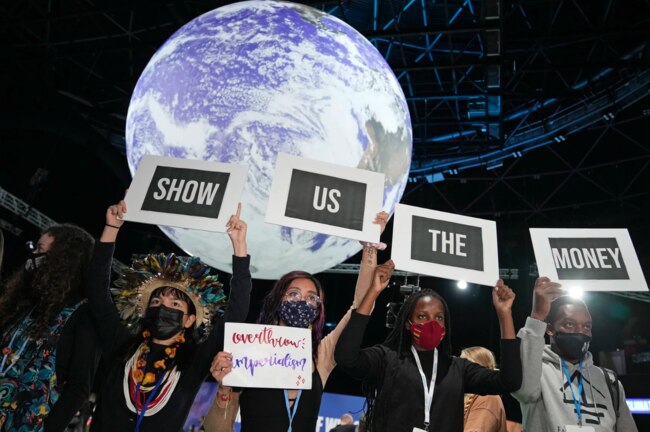
In 2021, the last year of the Morrison government, Australia was the only country on the list of top 20 nations to reduce its carbon dioxide emissions. Combined, the top 20, headed by China, the US, India, Russia and Japan, increased emissions by 5.6 per cent. Australia’s emissions were down by 1.9 per cent but still high on a per capita basis.
This year there is no sign of a decrease in global emissions and, according to the global carbon budget, if current levels persist, the UN says there is a 50 per cent chance that warming of 1.5C will be exceeded in nine years.
“Despite all the net-zero pledges at Glasgow, and despite the apparent success of wind and solar, carbon emissions in 2022 will reach a new, historic peak,” said Jonathan Symons, from Macquarie University’s school of social science.
Disappointingly, Australia’s relatively good performance was not well recognised in Egypt. After its success in legislating a 2030 emissions reduction target, the Albanese government might have expected the sort of ovation given to Kevin Rudd when he ratified the Kyoto Protocol.
Throughout the election campaign, Labor said it would host a conference of the parties in Australia in 2024, a pledge repeated at the Pacific Islands Forum leaders meeting in July after taking office. But when the decision on who would host COP29 was made in Egypt this week, the winner was Bulgaria.
“You can only imagine what this means as a contribution to tourism, to transport, to communications and the media, for agriculture, the food industry and many, many other sectors of our economy,” Bulgarian President Rumen Radev said of the win.
“We can also produce in this region the energy of the future – green hydrogen, we can export it. I expect much more energetic actions and the most – to finally have the long-awaited energy strategy.”
Climate Change and Energy Minister Chris Bowen has described the annual summit as the world’s biggest trade fair. Through this lens it is foremost a business opportunity to boost Australia’s participation in what some people regard as a new industrial revolution. To get a piece of the action, Australia has put aside more than $30m in the recent budget to fund a diplomatic push to bid to host COP31 in 2026 jointly with Pacific Island states.
But what has become clear in Egypt is that as the UN continues to stoke despair about what the future climate might hold, including the world being “on a highway to climate hell”, demands for “climate justice” are rising strongly to the fore.
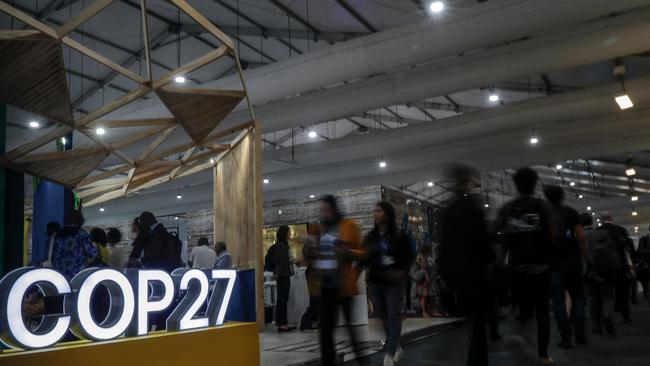
After decades of agitation, “loss and damage” have finally made it on to the formal COP agenda with the support of Australia. Joe Biden has made US support conditional on China paying up as well. Ahmed El Droubi, campaigns manager for Greenpeace, said: “The global south must seize this opportunity to consolidate our united stance to hold to account those overwhelmingly responsible for the climate disasters wreaking havoc on our vulnerable communities.”
The wheels of the UN bureaucracy have long been geared towards supporting the push.
A report released at COP27 that was commissioned by the governments of Egypt and Britain said annual investments in emerging market and developing countries other than China to cut emissions, to boost resilience and to deal with the loss and damage caused by climate change impacts, as well as restoring nature and land, should exceed $US2 trillion by 2030. The total annual investment needs were estimated to be $US1 trillion in 2025 and $US2.4 trillion by 2030. Half should come from wealthy governments and the other half from internal sources.
Report author Nicholas Stern said: “Rich countries should recognise that it is in their vital self-interest, as well as a matter of justice given the severe impacts caused by their high levels of current and past emissions, to invest in climate action in emerging market and developing countries.” A framework for climate reparations has been developed based on historic emissions.
A 2021 report by Carbon Brief says the cumulative amount of CO2 emitted since the start of the industrial revolution is closely tied to the 1.2C of warming that has already occurred. “In total, humans have pumped around 2500 billion tonnes of CO2 (GtCO2) into the atmosphere since 1850, leaving less than 500GtCO2 of remaining carbon budget to stay below 1.5C of warming,” the report says. “In first place on the rankings, the US has released more than 509GtCO2 since 1850 and is responsible for the largest share of historical emissions.”
China is second, with 11 per cent, followed by Russia (7 per cent), Brazil (5 per cent) and Indonesia (4 per cent). The latter pair are among the top 10 largest historical emitters, due to CO2 from their land. These are followed by Germany, India, Britain, Japan, Canada, Ukraine and France. Australia is 13th on the list and responsible for 25GtCO2 of the global total of 2500GtCO2.
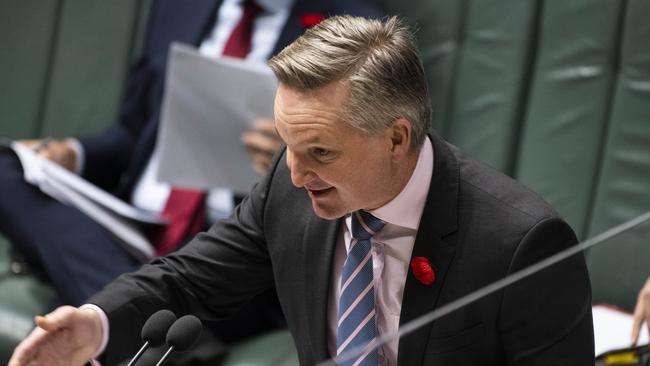
The Carbon Brief ranking is crudely adopted as a measure of responsibility to pay reparations. It all plays into a new global architecture to be administered by the UN to regulate the behaviour of corporations and government.
Apart from loss and damage, another push at COP27 has been a pledge by the UN to clamp down on “greenwashing” and hold companies and governments to account for the promises they make. Developing nations want a carbon levy applied to fossil fuel companies to compensate for damage.
And French President Emmanuel Macron is working with billionaire businessman Michael Bloomberg to standardise climate-related corporate data and hold companies, ratings agencies and market index services to a single standard. These regimes will be added to requirements already put on financial institutions to take climate action into account when allocating capital. The further compliance cost to business does not seem to factor in UN planning.
It is all a long way from neighbourly good intentions to help our Pacific neighbours cope with coastal erosion and the economic difficulties of remote island life.
Greenpeace says Australia’s move to back loss and damage talks at COP27 is a “step in the right direction, but must be followed by full-throated support for the establishment of a loss and damage finance facility if it wants to walk the talk on its COP31 bid with the Pacific”.
Expect to hear more of this as the temperature continues to rise on climate reparations.


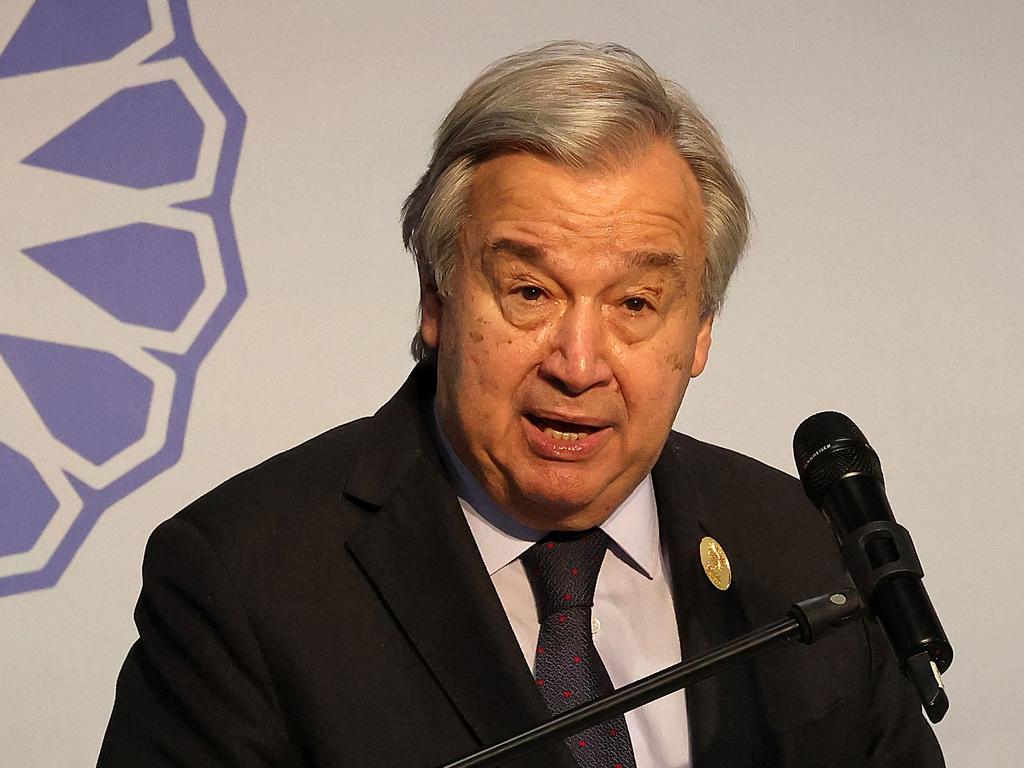
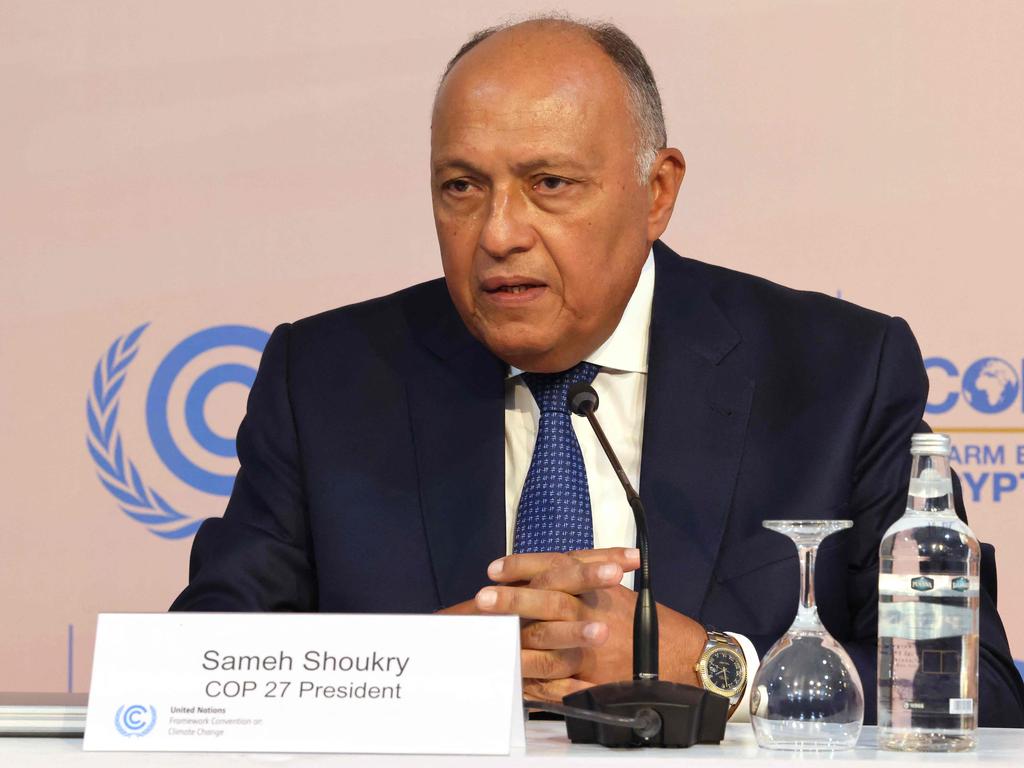

Australia has a special place in the global carbon budget released at COP27 in Egypt on Friday that shows how far the world is from meeting the UN target to limit global warming.